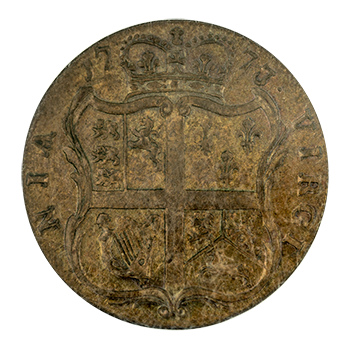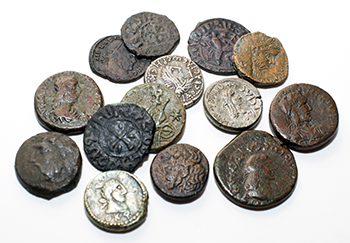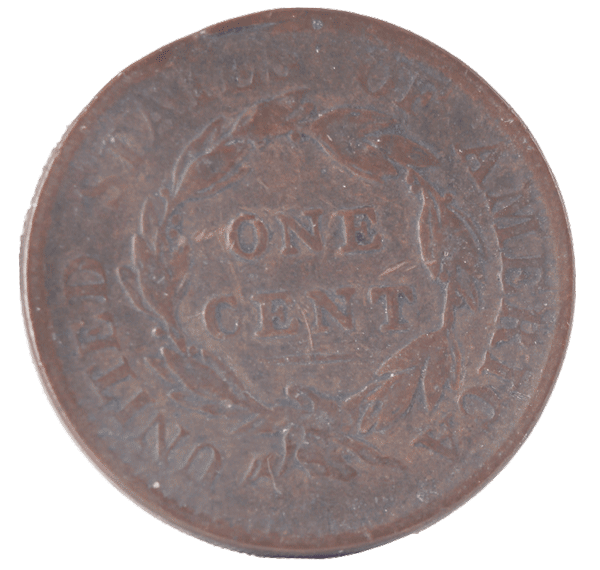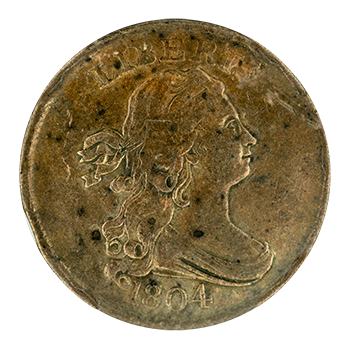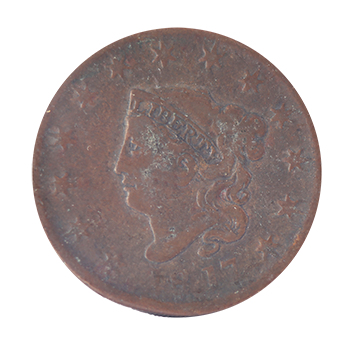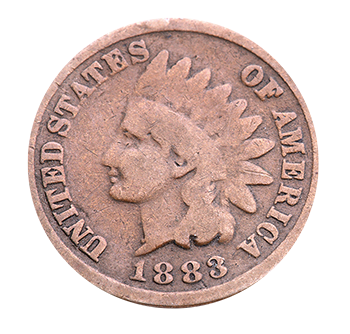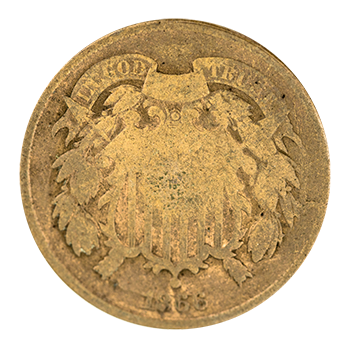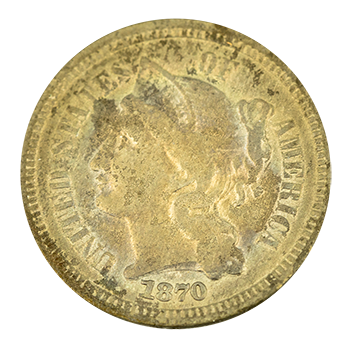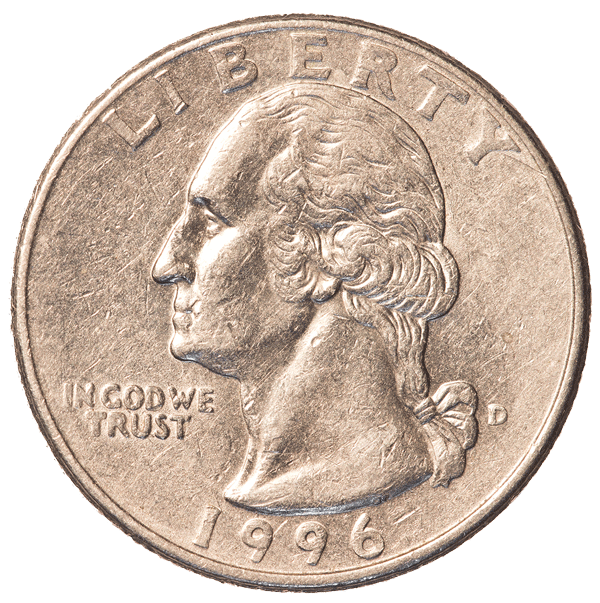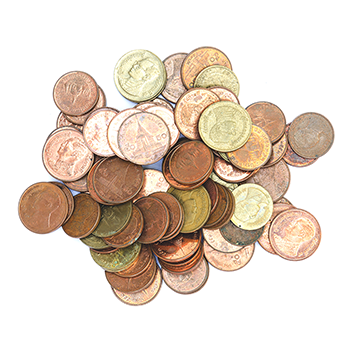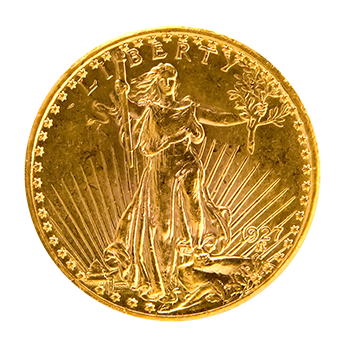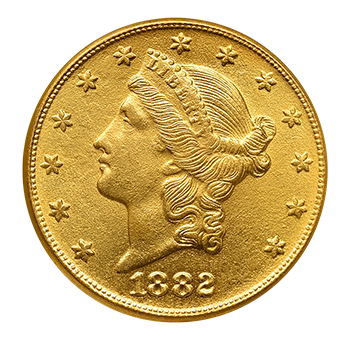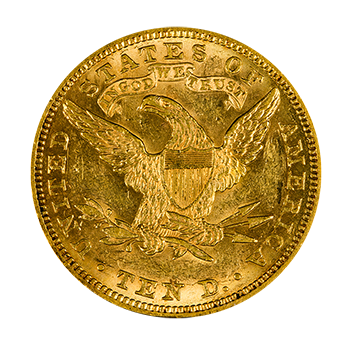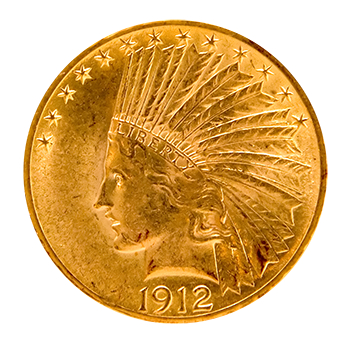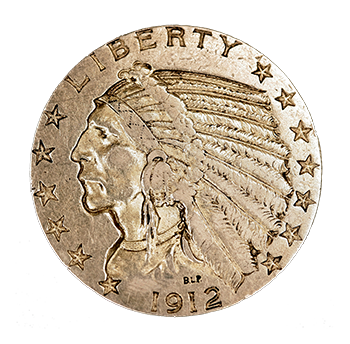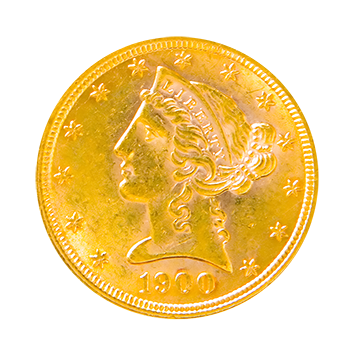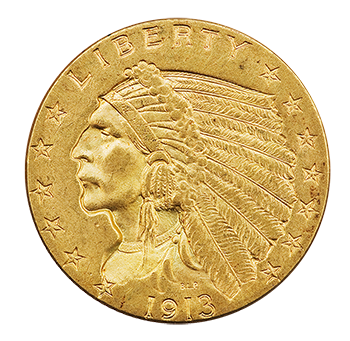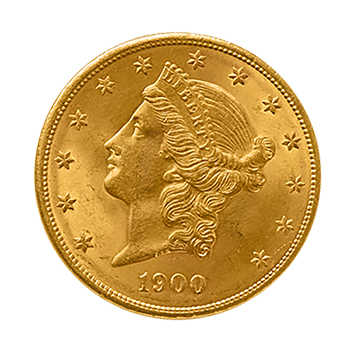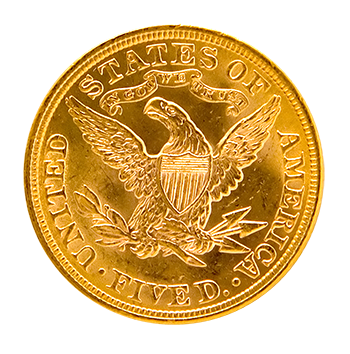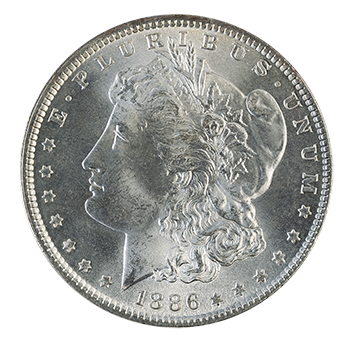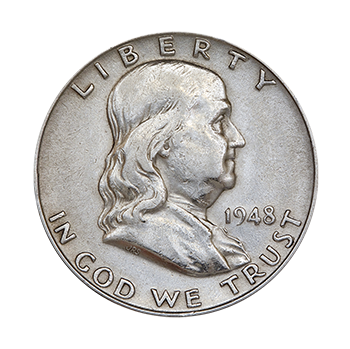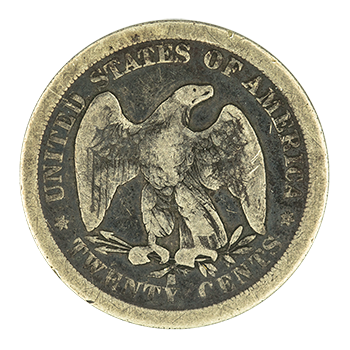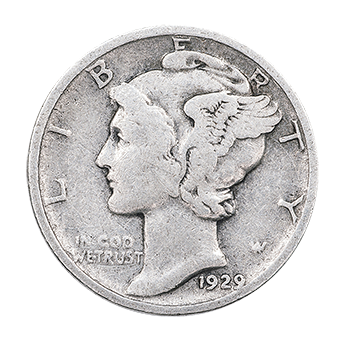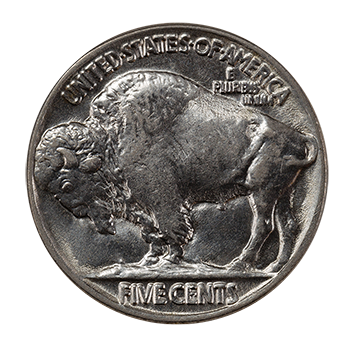
Many people consider the 1848 two-dollar gold piece, made to commemorate the first gold the U.S. mint received from the California Gold Rush, to be the first commemorative coin ever released. This coin, with “CAL” on the reverse design, was the smallest gold denomination in circulation at the time. Despite its low face value, the coin today commands a high price due to gold prices as well as the low mintage of the coin itself (only 1,389 were struck).
Many lists of classic U.S. commemorative coins begin with the World’s Columbian Exposition Half Dollar, which was released in 1892 and 1893 and produced in silver. The latter year also saw the first and only issue of the quarter dollar honoring Queen Isabella I of Spain. In 1900 the first commemorative dollar was released featuring George Washington and the Marquis de Lafayette.
In 1903 two types of gold dollars appeared—one featuring Thomas Jefferson and one featuring William McKinley—celebrating the Louisiana Purchase Exposition. Almost 250,000 of these coins were struck, but only 35,000 or so were offered to the public due to circulation abuses and inefficient processes, issues that plagued future commemorative releases.
In 1904 and 1905, the Lewis and Clark Centennial Exposition Gold Dollar was released, followed in 1915 by the Panama Pacific International Exposition five-coin series. The Panama Pacific series included a silver half dollar, a gold dollar, a gold $2.50 coin and two $50 gold pieces.
The U.S. Mint released numerous coins in the subsequent years to commemorate historic U.S. dates and occasions. The classic commemorative era of coins ended after the 1954 Carver-Washington Half Dollar.

